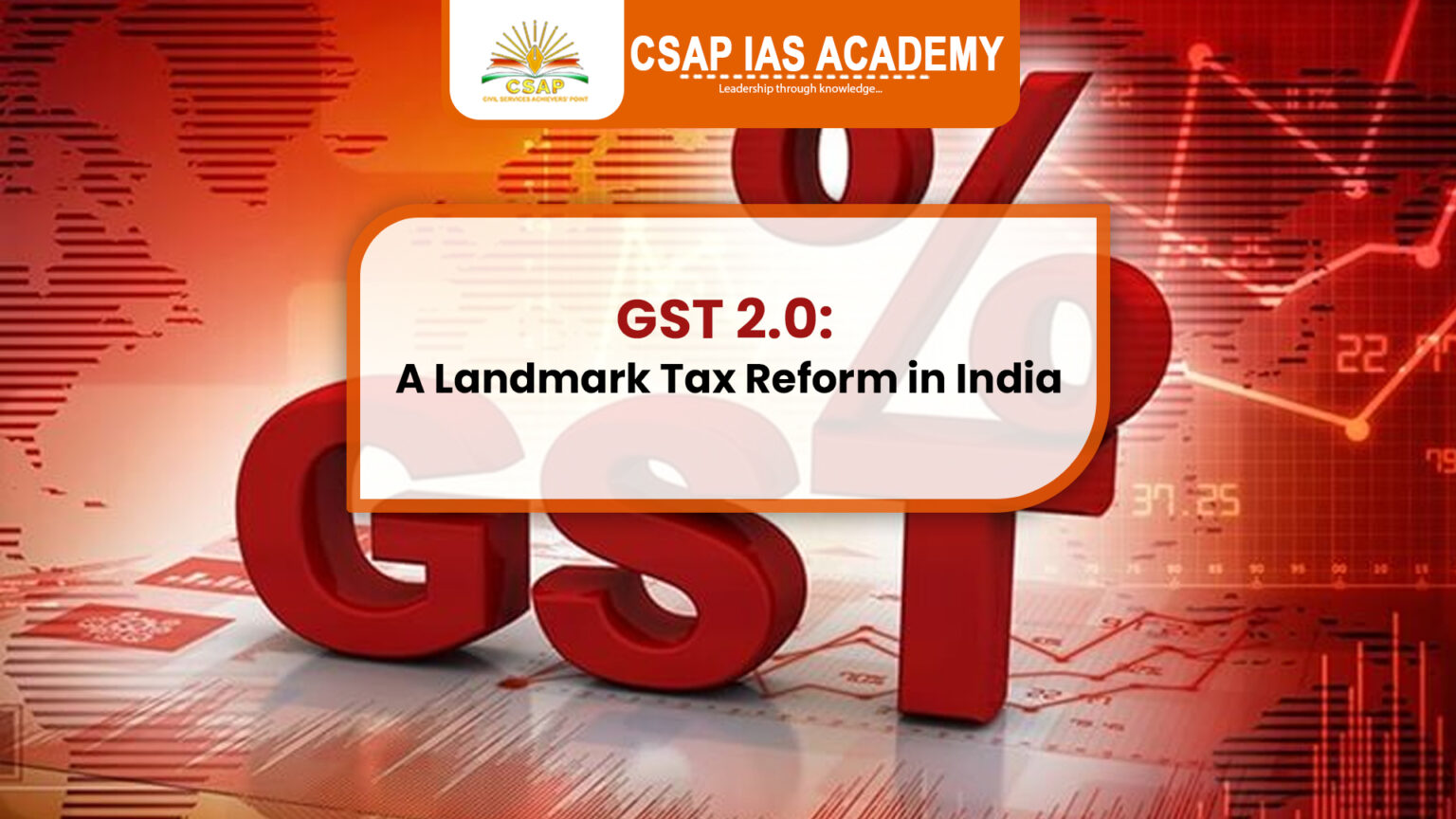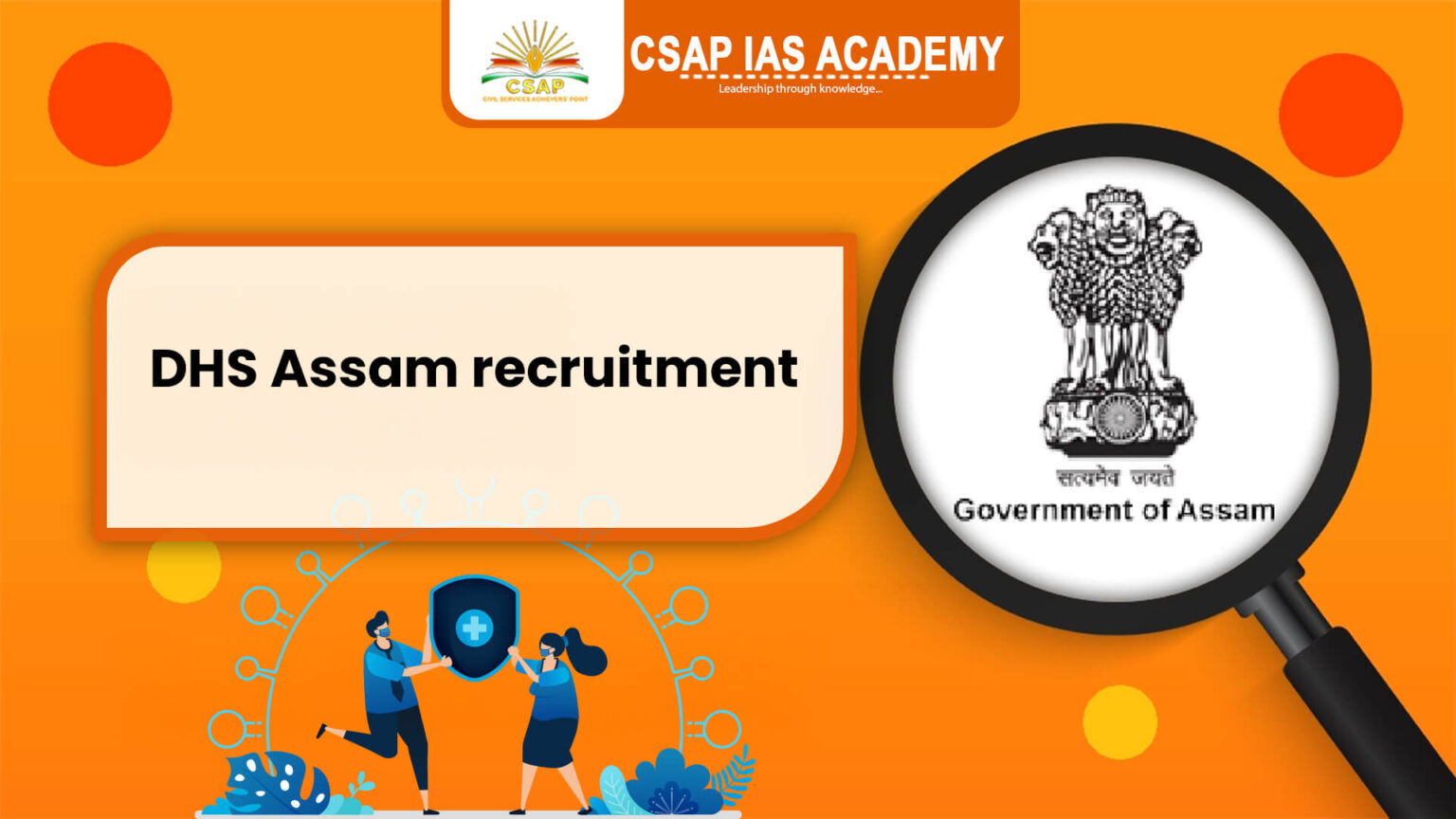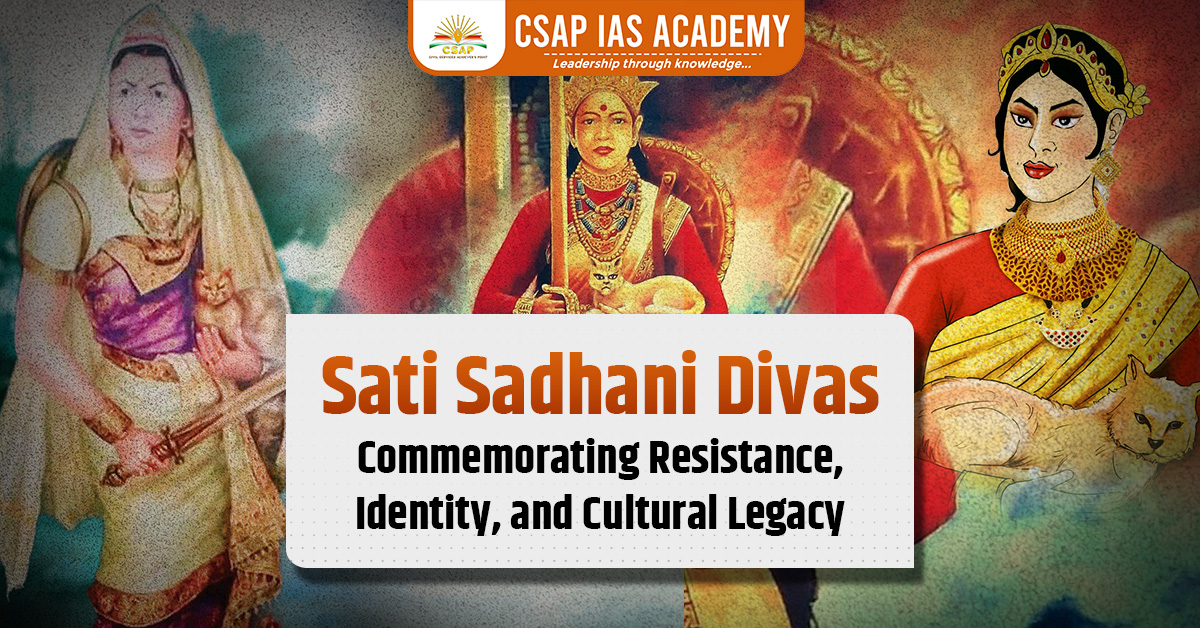On 17th April 2025, UNESCO inscribed the manuscripts of the Bhagavad Gita and Bharata Muni’s Natyashastra into its prestigious Memory of the World (MoW) Register. These inclusions were among 74 new documentary heritage collections from 72 countries and 4 international organisations, bringing the total number of entries in the Register to 570. The recognition marks a significant moment in India’s cultural history, acknowledging the nation’s enduring contributions to global intellectual and artistic heritage.
UNESCO’s Memory of the World Programme
Established in 1992, the Memory of the World Programme is a global initiative to preserve, protect, and ensure the accessibility of the world’s valuable documentary heritage. The aim is to combat “collective amnesia” by safeguarding archives, manuscripts, oral traditions, and audio-visual materials of enduring value. The Memory of the World Register is the core of this programme, updated biennially (with a few exceptions), and serves as a curated list of entries deemed of universal significance.
Each country can propose a maximum of two entries per cycle. Since its inception, the number of additions per year has ranged from 9 to 78, with the current cycle adding 74 new collections.
India’s Contributions to the Memory of the World Register

With the latest inclusions, India now has 14 entries in the Register, including two joint submissions. These reflect India’s civilisational depth, spanning Vedic literature, classical philosophy, and political history. Notable entries include:
- Rig Veda (2005)
- Dutch East India Company Archives (2003) – Joint submission with Indonesia, Netherlands, Sri Lanka, and South Africa
- Abhinavagupta’s Works (2023)
- Non-Aligned Movement (NAM) Summit Archives, Belgrade 1961 – Joint submission with Algeria, Egypt, Indonesia, and Serbia
The 2025 submissions — manuscripts of the Bhagavad Gita and Natyashastra — are preserved at the Bhandarkar Oriental Research Institute, Pune, and were selected for their foundational role in shaping Indian philosophical and aesthetic thought.
Natyashastra: Pillar of Indian Performing Arts
The Natyashastra, attributed to sage Bharata, is a seminal Sanskrit text on theatre, music, dance, and dramatic theory. Comprising approximately 36,000 verses, it covers various elements of classical performance—natya (drama), abhinaya (expression), sangita (music), bhava (emotions), and rasa (aesthetic flavour).
Scholars generally date its composition between 500 BCE and 500 CE, with UNESCO suggesting around the 2nd century BCE. The core concept of rasa, or the “essence” of emotional experience, lies at the heart of Indian aesthetic theory. Bharata’s assertion that “no meaning can blossom forth without rasa” highlights the profound philosophical depth of the text.
Western scholars like Wallace Dace and Susan L. Schwartz have noted how the Natyashastra enables audiences to experience a “parallel reality,” distinct from real emotions, but one that fosters deep spiritual and moral reflection.
UNESCO acknowledges the Natyashastra as a global reference for aesthetic theory and performing arts, underlining its far-reaching influence across cultural traditions.
Bhagavad Gita: Spiritual and Philosophical Wisdom
The Bhagavad Gita is a 700-verse Sanskrit dialogue between Arjuna and Krishna, situated within the epic Mahabharata’s Bhishma Parva. Ascribed to Vyasa, the Gita addresses Arjuna’s inner turmoil on the battlefield of Kurukshetra and unfolds key philosophical teachings on dharma, karma, bhakti, detachment, and self-realisation.
UNESCO describes the Bhagavad Gita as a cornerstone of Indian intellectual tradition, synthesising diverse schools of thought such as Vedanta, Sankhya, Yoga, Buddhism, Jainism, and even Charvaka materialism. While traditionally dated to the 1st–2nd century BCE, scholars like Winthrop Sargeant believe the text may have been written down between the 2nd–3rd century CE, following a long oral tradition.
Its universal themes have inspired thinkers across the world, from Mahatma Gandhi to Aldous Huxley, and continue to offer guidance in matters of ethics, spirituality, and leadership.
National Recognition and Global Honour
Prime Minister Narendra Modi celebrated the recognition as a “proud moment for every Indian across the world.” In his statement, he noted that the Gita and Natyashastra have “nurtured civilisation and consciousness for centuries,” and their inclusion reflects the timeless wisdom of Indian culture.
Union Culture Minister Gajendra Singh Shekhawat also hailed the recognition, calling it a “historic moment for Bharat’s civilisational heritage.” He noted that these works are not merely literary texts but philosophical and aesthetic foundations that continue to shape the Indian worldview and modes of expression.
Conclusion
The inclusion of the Bhagavad Gita and Natyashastra in UNESCO’s Memory of the World Register on 17th April 2025 signifies global acknowledgement of India’s rich civilisational legacy. These texts are invaluable to the world not just for their literary and historical merit but for the enduring wisdom they offer. They represent India’s intellectual, spiritual, and artistic contributions to humanity and reaffirm the relevance of ancient knowledge in the modern era.
Read: Assam Govt Mandates Use of Assamese in Official Communication
Download App:










